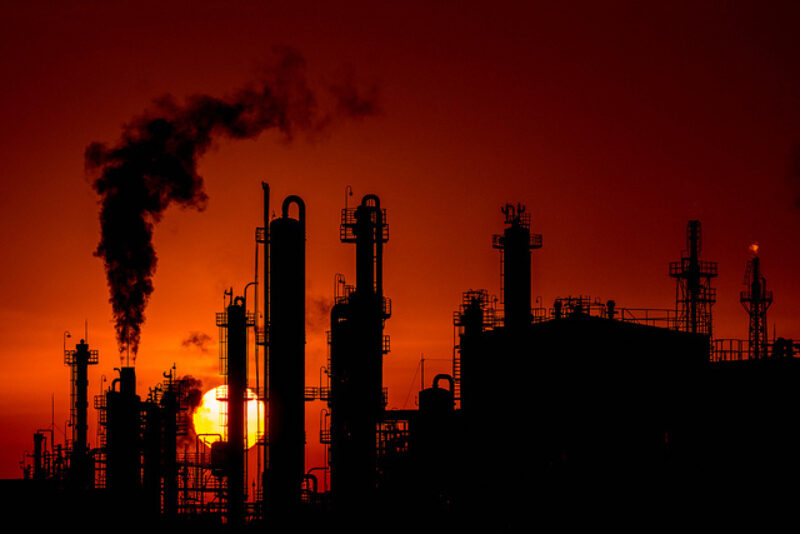In talks for a new climate treaty, a race to the bottom
Share

The annual assessment by the CAT, a project of research organisations: Climate Analytics, Ecofys and the Potsdam Institute for Climate Impact Research shows that the world has a one in three chance of exceeding 4°C by 2100.
“We are seeing a major risk of a further downward spiral in ambition, a retreat from action, and a re-carbonisation of the energy system led by the use of coal,” said Bill Hare, director of Climate Analytics.
“Governments are taking a ‘bottom up’ approach to climate action, unilaterally degrading their pledges without review: the type of pledge first, review later approach to commitments that could lead to a very weak agreement in 2015.”
Since the Warsaw talks began, the announcement by Japan to downgrade its target enlarged the global 2020 emissions gap by 3-4%. Australia’s backtracking on implementation could widen the gap further, with some positive signals coming from the US and China.
These developments point towards warming of about 5°C, under the highest of the new IPCC scenarios that sees a sixfold increase in coal use. There is a growing disconnect between current policies and 2020 pledges, and the longer-term reductions needed for 1.5-2°C.
“This whole situation flies in the face of plentiful opportunities for action and the continuing rise of renewable energy,” said Niklas Höhne Director for energy and climate policy at Ecofys. “For the first time, we analysed whether currently implemented government policies are sufficient to meet their pledges and find that significant and very diverse action is happening, but still not sufficient.”
“Instead of strong domestic policies to meet ambitious pledges, we’re seeing a weakening of action, and a degradation of pledges that sees the highest 2020 emissions levels the Climate Action Tracker has ever seen,” said Marion Vieweg, of Climate Analytics.
The Climate Action Tracker has spent recent months researching the world’s 24 biggest emitters, gathering data from a wide range of sources and today released its full assessment of their current pledges and policy pathways. These are the numbers that have been used to arrive at the 3.7°C policy projection.











